
Yokohama Museum of Art
A stunning architectural space showcasing diverse Japanese and European art, with a focus on Yokohama's history.

Highlights
Must-see attractions

Social
From TikTok & Reddit
Best Time
Fewer crowds, more art immersion

Yokohama Museum of Art
Best Time
Fewer crowds, more art immersion

Highlights
Must-see attractions
A stunning architectural space showcasing diverse Japanese and European art, with a focus on Yokohama's history.
"The building itself is beautiful. A rich collection of Japanese and European art."
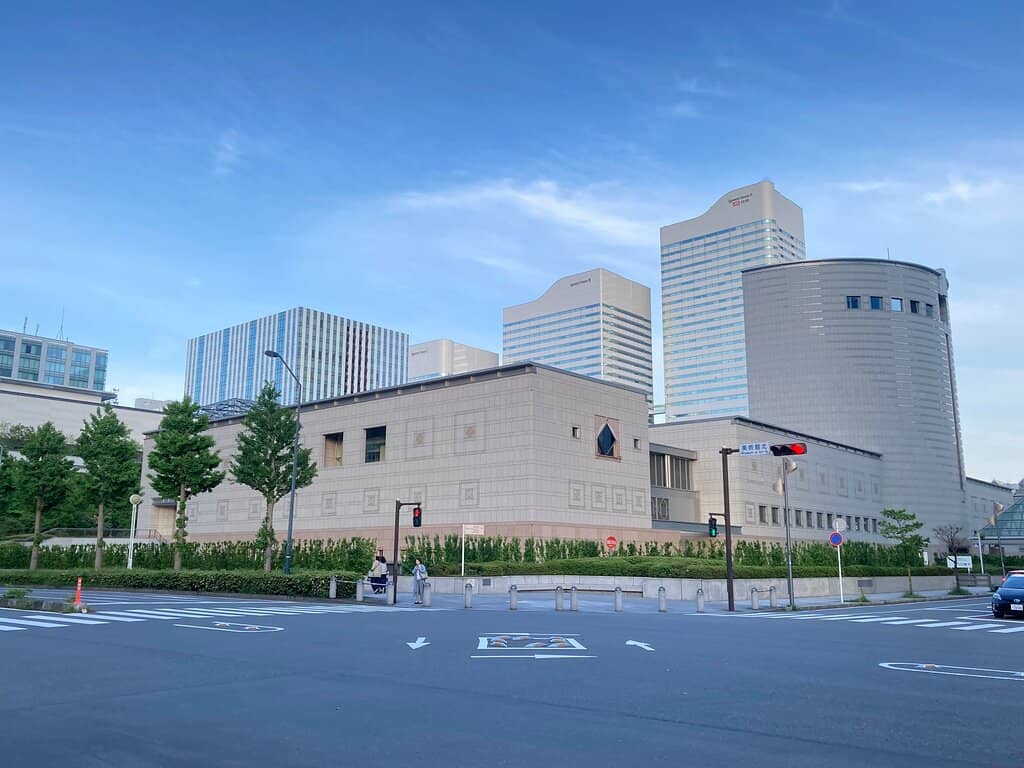
Check Exhibition Schedule
Confirm current exhibitions online before visiting to plan your visit.
Allow Ample Time
The museum is vast; dedicate at least 2-3 hours to fully explore.
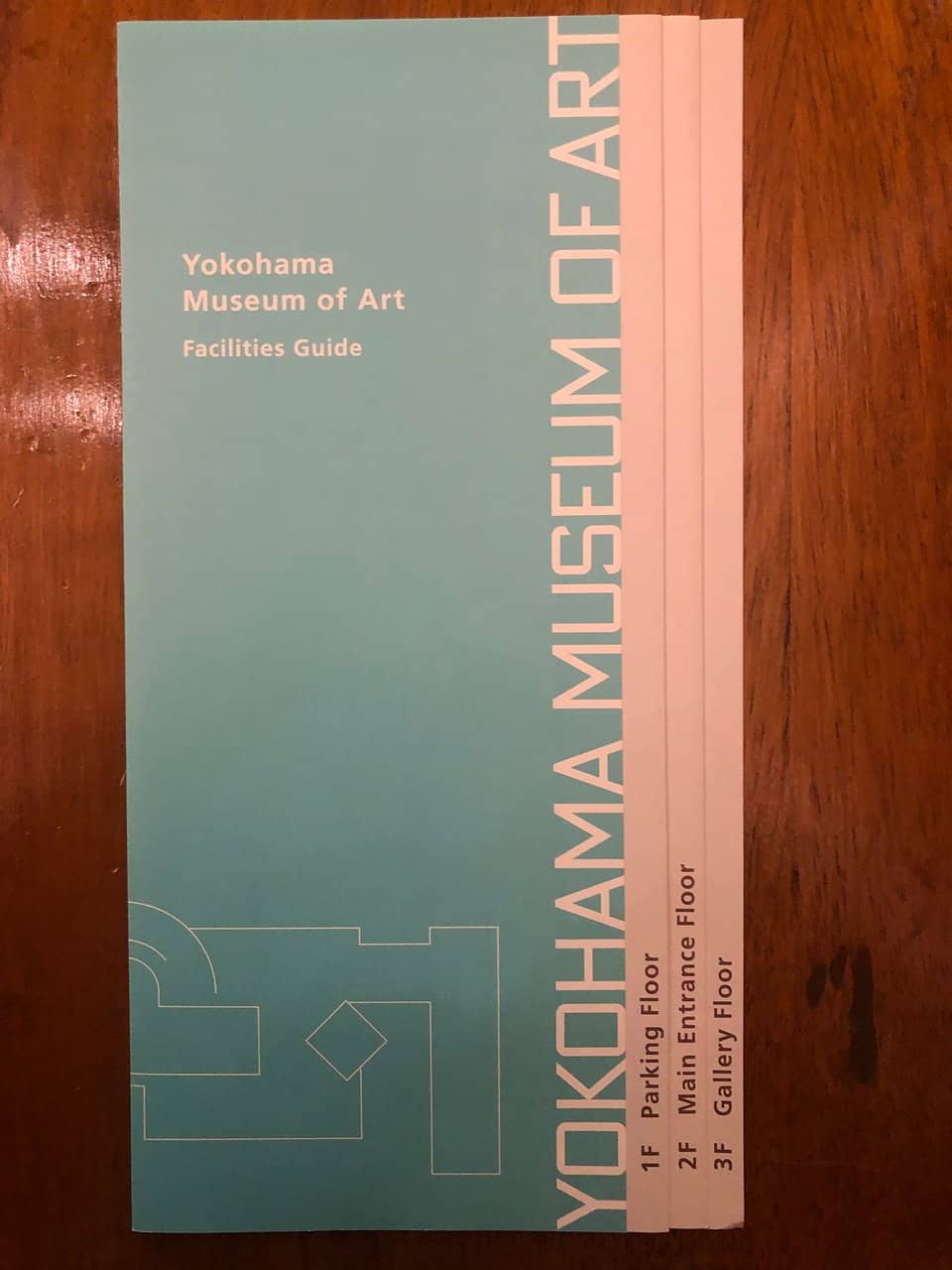
Highlights
Discover the most iconic attractions and experiences
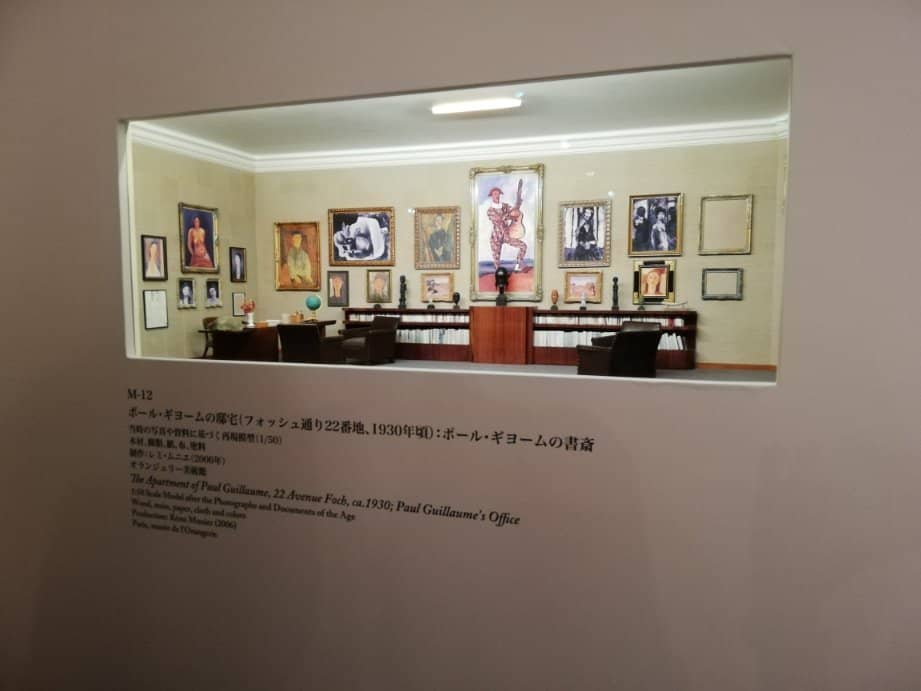
Renovated Architecture
Entire Museum
Admire the striking modern design, a blend of original Kenzo Tange vision and recent updates by Fumiko Kamijo.
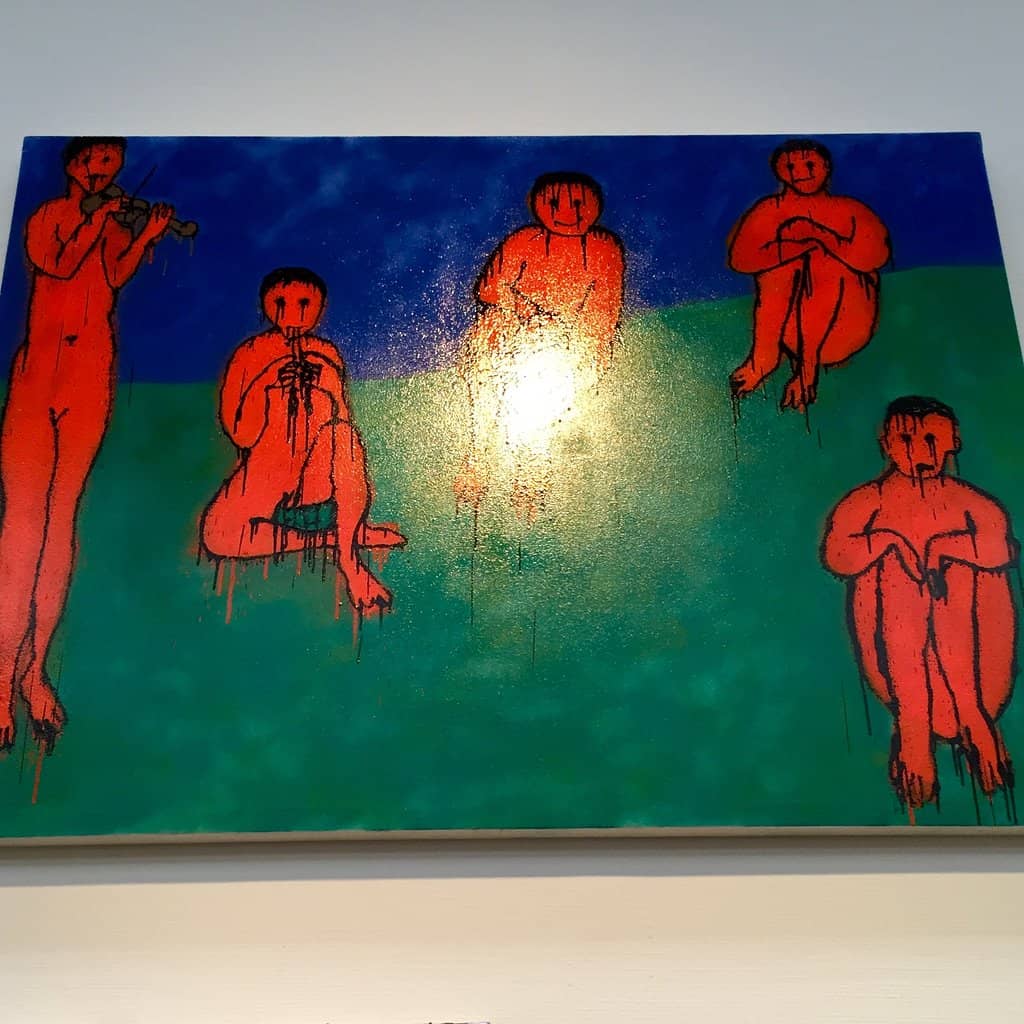
Diverse Art Collections
Galleries
Explore a rich array of Japanese and European art, from modern masters to contemporary pieces.
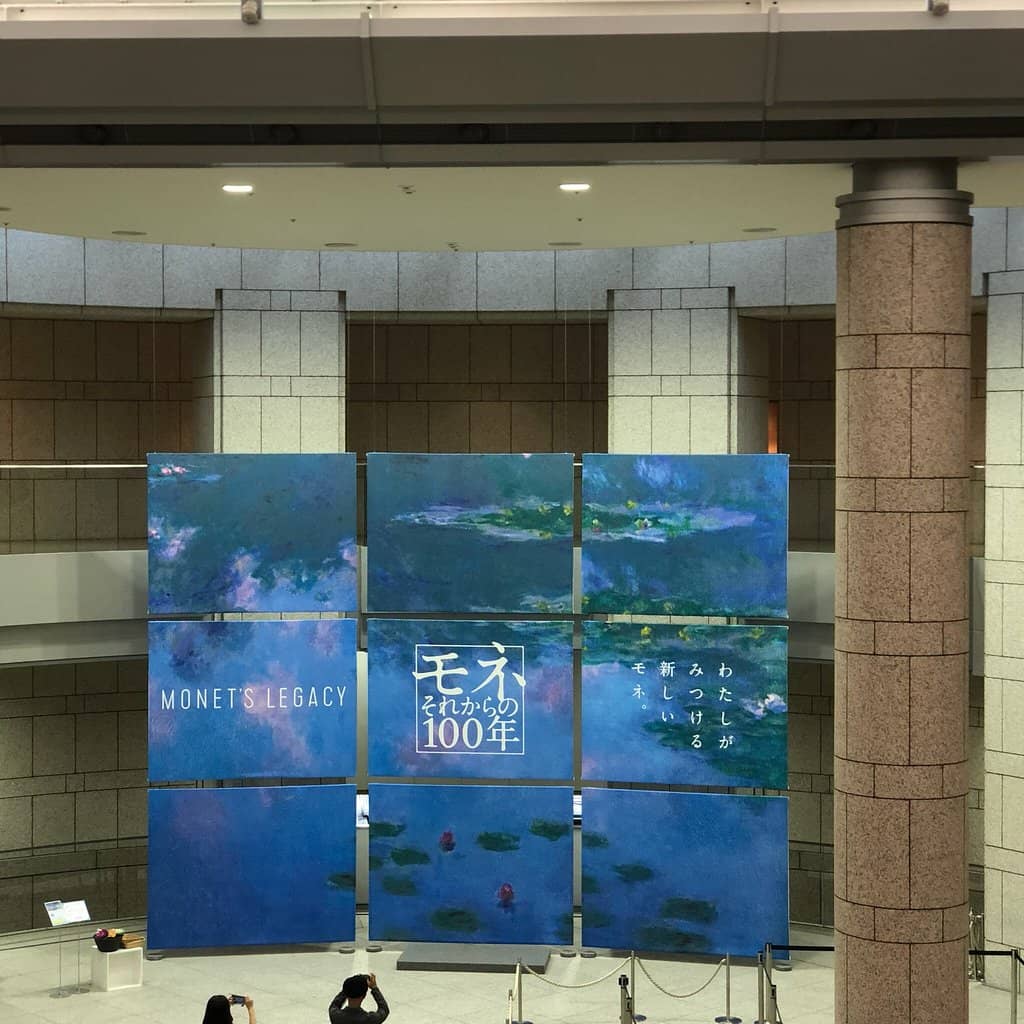
Yokohama History Exhibition
Specific Gallery
Discover the fascinating transformation of Yokohama from a fishing village to a modern metropolis.
Plans like a pro.
Thinks like you
Planning Your Visit
Plan Your Visit Post-Renovation
Embrace the Art and Architecture
Best Times
Insider Tips
from TikTok, Instagram & Reddit
Check Exhibition Schedule
Confirm current exhibitions online before visiting to plan your visit.
Allow Ample Time
The museum is vast; dedicate at least 2-3 hours to fully explore.
Appreciate the Building
Don't just focus on art; the architecture is a highlight itself.
English Information Available
Many exhibits offer descriptions in English for international visitors.
Tips
from all over the internet
Check Exhibition Schedule
Confirm current exhibitions online before visiting to plan your visit.
Allow Ample Time
The museum is vast; dedicate at least 2-3 hours to fully explore.
Appreciate the Building
Don't just focus on art; the architecture is a highlight itself.
English Information Available
Many exhibits offer descriptions in English for international visitors.
Kid-Friendly Zone
Features a dedicated area for children with interactive elements.
What Travellers Say
Reviews Summary
Visitors praise the Yokohama Museum of Art for its beautiful architecture and diverse art collections, including both Japanese and European masters. The historical exhibition on Yokohama's development is noted as particularly interesting. While generally well-received, some visitors mention it can get crowded, especially during special exhibitions.
"The art museum with beautiful exterior.
They hold special exhibitions with different themes several times a year.
Yokohama was a small fishing village until around 1850.
But after the international port was built, it developed rapidly and became the metropolis like today.
The exhibition introducing the history of Yokohama was very interesting.
But I don't know if these exhibits are always on display."
K2
"A very emotional experience.
The art is curated so well that I am actually considering coming back again soon because they actually changed the exhibition every 3 months or so.
Just a friendly reminder for special exhibition you always have to book ahead because they always sell out."
Chloe Wong
"A wonderful world class museum . We saw Masahiko Sato’s exhibition … simply wonderful, smart and funny.. one of the world’s best minds !!! The museum and permanent exhibits were also awesome. Please go!!!"
Aaron Meshon
What People Like
What People Dislike
Frequently Asked Questions
🚇 🗺️ Getting There
The museum is easily accessible via public transport. From Tokyo, take a train to Yokohama Station, then transfer to the Minatomirai Line and alight at Minatomirai Station (a short walk from the museum). Alternatively, the JR Sakuragicho Station is also within walking distance.
While there isn't dedicated museum parking, several public parking lots are available in the Minatomirai area. It's generally recommended to use public transportation due to potential parking fees and availability.
The Minatomirai Line's Minatomirai Station is the closest, offering a very short walk. JR lines to Sakuragicho Station are also a viable option, requiring a slightly longer walk.
Yes, reaching the Yokohama Museum of Art from Tokyo is straightforward. The journey typically involves taking a train to Yokohama Station and then transferring to a local line or enjoying a pleasant walk through the city.
Absolutely! The museum is located in the vibrant Minatomirai 21 district, offering proximity to attractions like the Cup Noodles Museum, Yokohama Red Brick Warehouse, and the Cosmo World amusement park.
🎫 🎫 Tickets & Entry
The museum is generally open from 10:00 AM to 6:00 PM, with last admission typically an hour before closing. However, hours can vary for special exhibitions and on weekends/holidays. It's best to check the official website for the most up-to-date information.
Admission fees vary depending on the exhibition. General admission for adults is around ¥2000 for special exhibitions, with concessions for university students and children. Permanent collection access might be separate or included.
Advance booking is not usually required for general admission, but it's recommended for popular special exhibitions, especially during peak times, to guarantee entry.
The museum is typically closed on Thursdays. However, it remains open year-round without holidays, except for specific periods like the New Year. Always verify the official schedule.
Discounts are usually available for university students, high school students, and younger children. Check the museum's website for specific age ranges and pricing for each category.
🎫 🎨 Onsite Experience
The Yokohama Museum of Art boasts a diverse collection, including modern and contemporary Japanese art, as well as European art from the late 19th century onwards. You'll find works by artists like Matisse, Picasso, Dali, and Magritte, alongside prominent Japanese artists.
Yes, the museum is family-friendly and features a dedicated children's area with interactive elements and activities.
Information on guided tours may vary. It's advisable to check the museum's official website or inquire at the information desk upon arrival for any available tour options or audio guides.
Photography policies can differ between exhibitions. Generally, photography without flash is permitted in some areas, but it's crucial to observe signage and respect any restrictions for specific artworks.
This exhibition commemorates the museum's reopening after renovations, exploring Yokohama's history and identity through various artistic perspectives. It features new works and loans from different institutions.
🍽️ 🍽️ Food & Dining
Yes, the museum typically has a cafe or restaurant where visitors can enjoy refreshments and light meals.
The cafe often offers a selection of beverages, snacks, and light meals. It's a convenient spot to take a break during your visit.
The Minatomirai 21 area is bustling with numerous restaurants, cafes, and dining establishments offering a wide variety of cuisines to suit all tastes.
📸 📸 Photography
The museum's exterior architecture is a popular photo spot, especially the striking facade. Inside, look for well-lit galleries and unique architectural features.
Photography rules vary. Flash photography is usually prohibited. Always check for signage indicating where photos are allowed and if there are any restrictions on specific artworks.
The museum's Grand Gallery, designed by Kenzo Tange, and the more recent renovations by Fumiko Kamijo offer many visually interesting elements, including the use of light and geometric shapes.
For Different Travelers
Tailored advice for your travel style
👨👩👧 Families with Kids
Consider visiting during less crowded times, like weekday mornings, to allow children to explore at their own pace. The museum's convenient location in Minatomirai 21 also means you can easily combine your visit with other family-friendly attractions nearby, such as the Cup Noodles Museum.
🎨 Art Enthusiasts
Take your time to appreciate not only the art but also the architectural design of the building itself, a collaboration between Kenzo Tange and Fumiko Kamijo. The museum's thoughtful presentation and the availability of English descriptions enhance the experience for international visitors.
🏛️ Architecture Buffs
Look for the interplay of geometric shapes, the use of natural materials, and the overall spatial design that contributes to the museum's unique atmosphere. The building's exterior is also a striking subject for photography.
Deep Dives
In-depth insights and expert knowledge
Architectural Marvel: A Blend of Eras
After a significant three-year renovation, the museum fully reopened in February 2024, with the architectural and interior design handled by Fumiko Kamijo. This renovation aimed to update the facilities while respecting the original design ethos. The updated spaces now feature a more harmonious color palette derived from natural stones and incorporate new glass facades to maximize natural light, creating a refreshed and inviting atmosphere for visitors.
Exploring the Art Collections
Beyond its permanent collection, the Yokohama Museum of Art is celebrated for its dynamic special exhibitions. These curated shows often explore specific themes, artists, or movements, providing fresh perspectives and engaging experiences for art enthusiasts. The 'Welcome Back, Yokohama' exhibition, for instance, delves into the city's history and cultural identity through art, showcasing both loaned pieces and newly commissioned works.
Yokohama's Transformation Through Art
This historical narrative is often presented through a combination of artifacts, photographs, and artistic interpretations, providing a multi-faceted understanding of the city's past and present. It's a valuable addition for visitors seeking to connect with the local context and appreciate the cultural heritage that has shaped Yokohama.

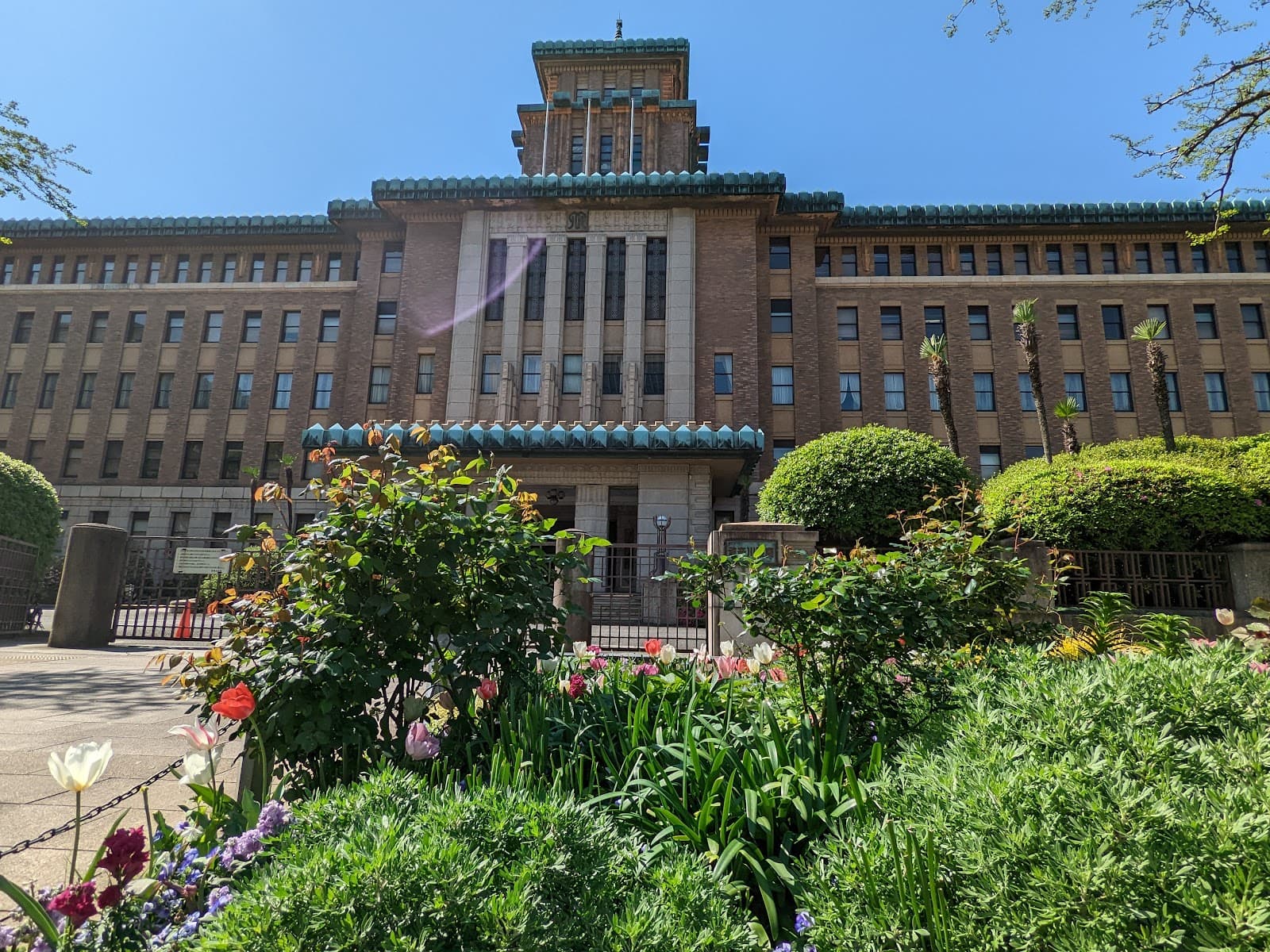

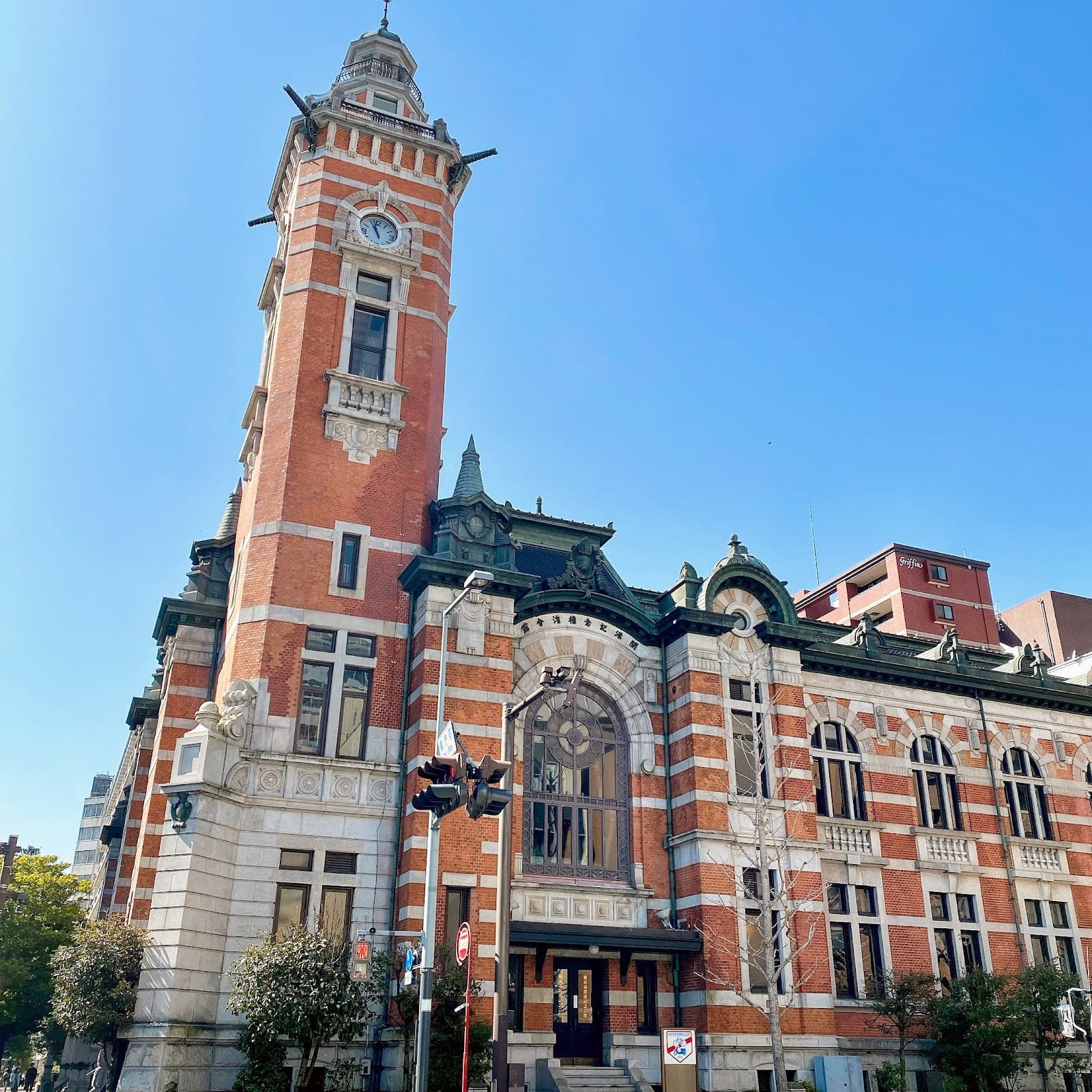

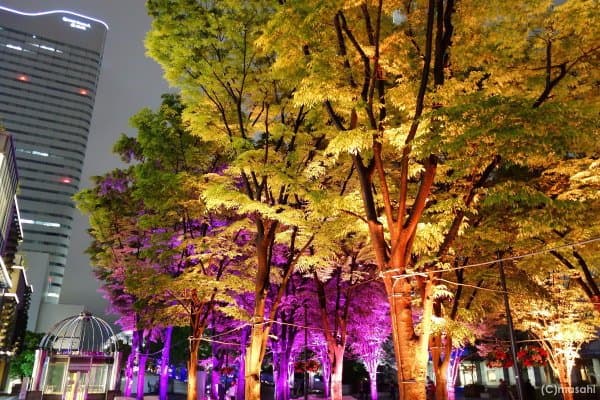
Social
from TikTok, Instagram & Reddit